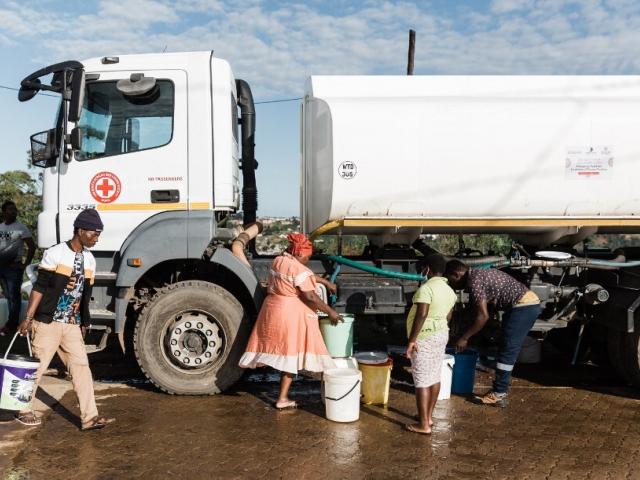With South Africa’s sixth municipal elections since the first democratic elections in 1994 approaching, political parties are vying for voters.
In the new elections, set for 1 November 2021, voting South Africans will elect district, metropolitan and local municipal councils for the country's nine provinces.
Municipalities are responsible for delivering services, including supplying water. Access to drinkable water is a human right in South Africa.
But what share of people have access to water in South Africa? What did the country’s water supply look like in 1994? This factsheet breaks down the numbers.
1. Who has access to water?
Statistics South Africa’s general household survey includes data on access to services, including water, since 2002.
The latest publication is for 2019. The 2020 release was delayed by the Covid-19 pandemic, according to Niël Roux, manager of service delivery statistics at Stats SA. It’s due for publication on 28 October 2021.
In 2019, 88.2% of households in South Africa had access to “an improved source of water”. This was an increase from 2002, when 84.4% had access.
Piped, or tap, water in a dwelling or a yard, or water from a neighbour’s or public tap less than 200 metres away, is included in this category.
Many provinces saw a drop in access to water from 2002 to 2019. The most notable was Mpumalanga, where household access to water dropped from 90.5% to 85.2%.
Gauteng (97.6%) and the Western Cape (98.5%) had the highest share of households with access to tap water in 2019. Limpopo and the Eastern Cape, both with figures in the seventies, had the lowest percentages.
2. Who doesn’t have access to water?
Stats SA identifies the population group of a household according to what the “head of the household” says they are.
An estimated 13.7% of black African headed households, the highest percentage in Stats SA’s population group category, did not have access to piped water. Households headed by people who identified as white followed, at 6%.
3. What problems do South Africans experience with water delivery?
Almost 26% of South African households reported “some dysfunctional water supply service” in 2019. This included a water interruption of two days at a time, or 15 days in total.
Households in Limpopo (56.6%) and Mpumalanga (54.5%) reported the highest share of interruptions, while households in Western Cape (4.6%) and Gauteng (9.5%) had the fewest interruptions.
4. Water delivery issues in metros
There are eight metropolitan municipalities in South Africa. These are larger municipalities with the country’s major cities at their centres.
Households in Manguang (31.5%) and Buffalo City (30.6%) had the highest percentage of reported water interruptions. Just 5.2 % of households in Ekurhuleni and Cape Town reported water interruptions– the lowest of the eight metros.
5. What did water access look like in 1994?
South Africa’s 1996 census is probably the “earliest credible data” on water access. An estimated 81.2% of households had access to piped water in 1996, according to the census.
A smaller but still nationally representative survey, with less than 9,000 households, was done by the Southern Africa Labour Development Research Unit (SALDRU) in late 1993 and early 1994.
It found that 76.4% of households had access to piped water. Of this, only 67% of black African households had access, compared to almost 100% of white, coloured and Indian households.
Statistics from the early 1990s should be compared with caution to more recent figures. This is because of differences in sampling, methodology and definitions.





Add new comment